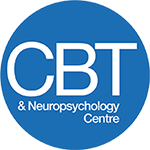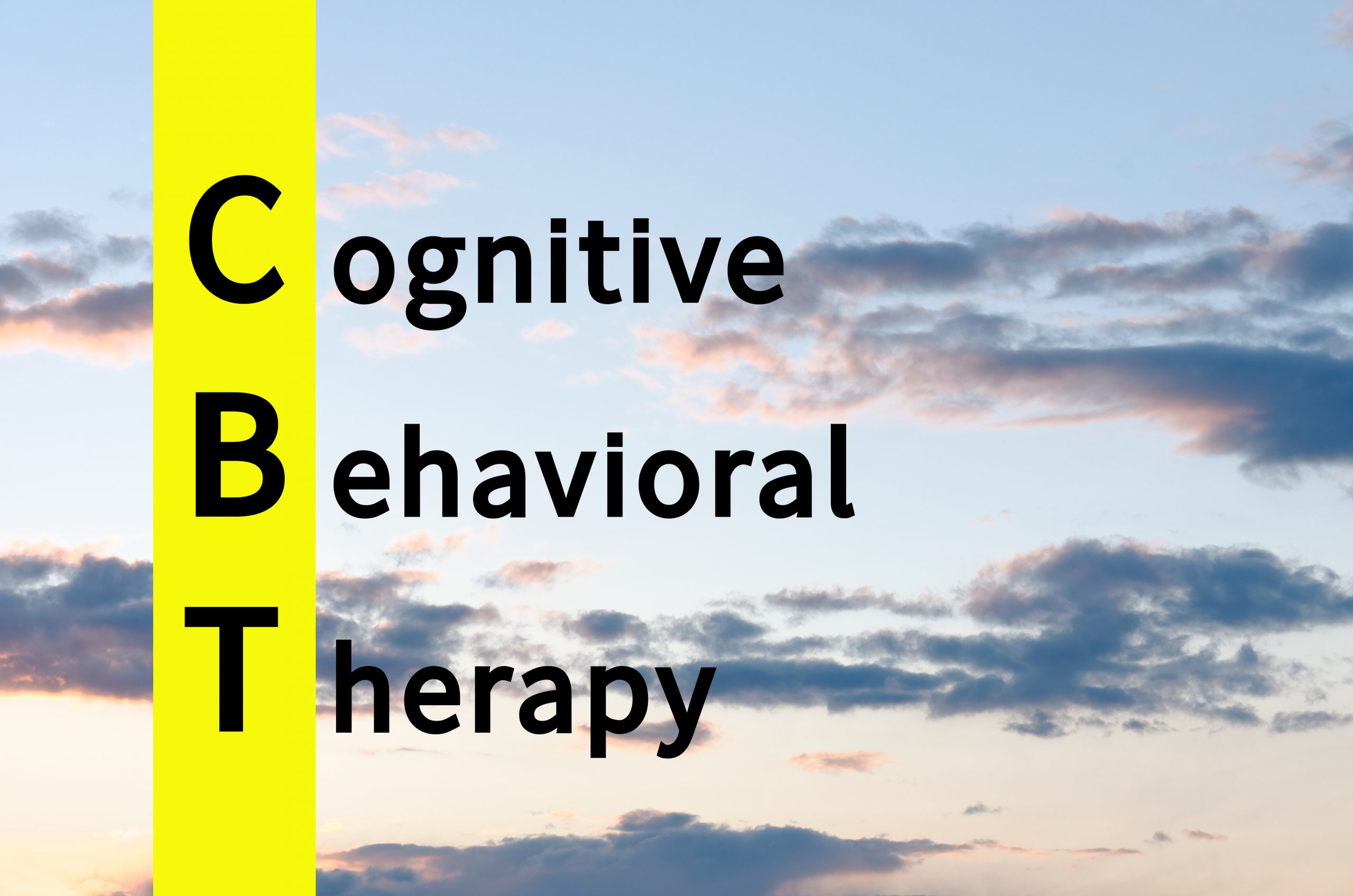Obsessive-Compulsive Disorder (OCD) is a mental health condition characterized by persistent, unwanted thoughts (obsessions) and repetitive behaviors or mental acts (compulsions) that an individual feels compelled to perform. These symptoms can significantly interfere with a person’s daily life and well-being.
Symptoms and Causes of OCD
OCD symptoms typically include both obsessions and compulsions, although it’s possible to experience only one of the two. Common themes of obsessions may involve fears of contamination, a need for orderliness, or distressing thoughts of a violent or sexual nature. Compulsions are repetitive behaviors like excessive hand-washing, checking, or arranging objects in a particular way to alleviate the distress caused by obsessions.
The exact cause of OCD is not fully understood, but a combination of biological, genetic, and environmental factors is thought to contribute. Risk factors include a family history of OCD, stressful life events, and the presence of other mental health disorders.
Types of OCD
OCD can manifest in various forms, often categorized into several types:
– **Checking**: Fear that something terrible may happen, such as a fire, due to negligence, leading to compulsive checking behaviors.
– **Contamination/Mental Contamination**: Fear of germs or becoming contaminated, resulting in excessive cleaning or washing.
– **Symmetry and Ordering**: A need to arrange objects in a precise way.
– **Ruminations/Intrusive Thoughts**: Distressing and unwanted thoughts that are often violent or sexual in nature.
– **Hoarding**: Difficulty discarding items, leading to excessive accumulation of objects.
Cognitive Behavioral Therapy (CBT) for OCD
CBT, particularly Exposure and Response Prevention (ERP), is the treatment of choice for OCD. This form of therapy involves gradually exposing individuals to their fears and teaching them to refrain from performing their usual compulsive responses. Over time, this process helps reduce the anxiety associated with obsessions and weakens the urge to perform compulsions.
Another aspect of CBT is cognitive therapy, which focuses on changing the meanings attached to certain experiences and learning to respond to intrusive thoughts in new ways. This approach helps individuals understand that their brain is sending false error messages and teaches them to challenge these thoughts.
Case Studies in CBT Treatment for OCD
Case studies have shown that CBT, including ERP, can be highly effective in treating OCD symptoms. For instance, a case study of a middle-aged woman with OCD demonstrated favorable responses to CBT and ERP, highlighting the potential for significant improvement with this treatment approach.
Conclusion
OCD is a complex disorder with a variety of manifestations, but it is treatable. CBT, and specifically ERP, has been shown to be an effective treatment for many individuals with OCD. While the journey to managing OCD can be challenging, the evidence-based approach of CBT offers hope and a path toward reclaiming one’s life from the grips of this disorder.






